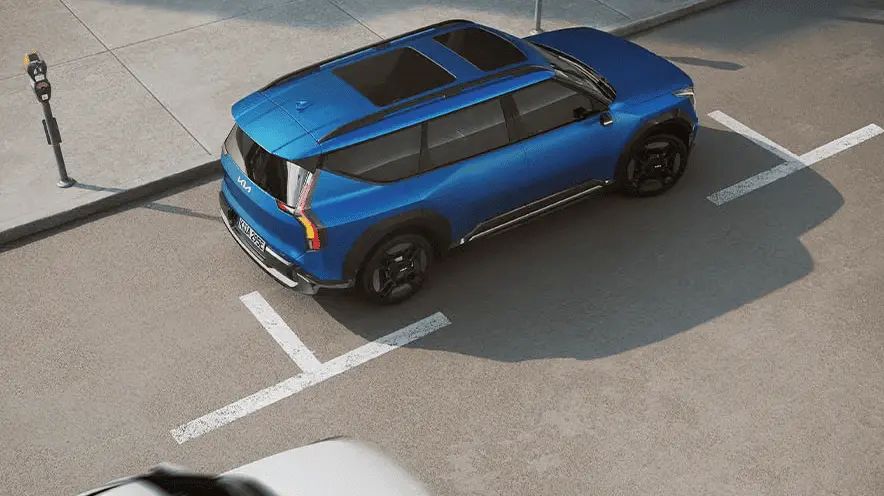RFID Cards for EV Charging: The Simple Key to Convenient and Secure Power
Introduction
As a leading EV charger manufacturer in China, LiCB Charge delivers reliable AC and DC electric vehicle charging stations along with comprehensive charging solutions.
As the electric vehicle (EV) revolution accelerates worldwide, charging technologies are evolving just as fast. Among these innovations, one of the simplest yet most effective tools is the RFID card — a small plastic card that lets you start or stop an EV charging session with a single tap.
An RFID card uses Radio-Frequency Identification technology to securely communicate with charging stations and manage access. You might hear it called an EV charging card, RFID tag, key fob, or smart key, but they all work the same way: enabling easy, contactless charging on public networks, workplaces, and increasingly even at home.
This article explains how RFID cards work, why they’re valuable for EV drivers, fleet managers, and network operators, and whether you need one to keep your EV charged and ready.
What Is an RFID Card?
RFID stands for Radio-Frequency Identification — a wireless system that transmits data between a small chip inside your card and a reader on the charging station. When your card comes near the reader, it sends a unique ID wirelessly, allowing the charger to recognize and authenticate you.
You likely use RFID technology daily — in hotel keys, employee badges, contactless credit cards, and toll passes. For EV charging, your RFID card acts as your personal key to the charging network, letting you start and stop sessions quickly without cash or typing in information.
How RFID Works in EV Charging
Here’s what happens when you tap your RFID card at a charging station:
- Authentication: The charger reads your card’s unique ID.
- Backend Communication: The station sends this info to the network’s system to check your account status and balance.
- Authorization: If everything checks out, the system signals the charger to start delivering power.
- Charging: Your EV charges while the system monitors usage.
- Session End & Billing: Tap again to stop charging. The system records energy delivered and bills you accordingly.
This seamless process ensures fast, secure charging without manual hassle.
Types of RFID Cards
- Public Charging Networks: Operators like ChargePoint or Electrify America issue branded cards for their members.
- Roaming Services: Some providers offer a single RFID card that works across multiple networks.
- Fleet Operators: Businesses use RFID cards to track and allocate charging among employees.
- Home Chargers: Some smart home units use RFID for user control and security, especially in multi-driver households.
Benefits of Using RFID Cards
- Convenience: Tap and charge — no apps, passwords, or cash needed. Ideal for travelers and commuters.
- Security: Encrypted communication protects your data. Lost cards can be quickly deactivated.
- Cost Savings: Many networks offer lower rates, loyalty rewards, or subscriptions for RFID users.
- Access Control: Manage who can use shared chargers at work or home.
Do You Really Need an RFID Card?
- Home: Usually no, unless you want to restrict access or have multiple users.
- Workplace: Often yes, for tracking and managing employee charging.
- Public: Helpful, especially where app connectivity is unreliable. RFID works offline by design.
While alternatives like mobile apps, contactless credit cards, and emerging Plug & Charge technology exist, RFID remains one of the most consistent and widely accepted methods.
Comparing RFID to Other Access Methods
- Mobile Apps: Great for monitoring and planning but rely on phone battery and signal.
- Credit/Debit Cards: Convenient for occasional use but may cost more and aren’t accepted everywhere.
- Plug & Charge: Future-forward, allowing your car to authenticate and bill automatically, but not yet widespread.
Challenges and Limitations
- Network Fragmentation: Multiple cards may be needed for different networks, though roaming helps.
- Loss or Theft: Deactivation is possible, but losing a card can be inconvenient.
- Technology Evolution: Plug & Charge may reduce RFID use over time, but adoption will take years.
The Future of RFID in EV Charging
RFID cards will remain vital for years to come, especially for fleets, workplace charging, and roaming services. They’re simple, reliable, and don’t depend on smartphones or connectivity. Meanwhile, standards like Plug & Charge and digital wallets are emerging to make charging even easier and more automated.
Conclusion
Though small and simple, RFID cards pack a powerful punch for EV drivers seeking secure, convenient charging access. They reduce hassle, improve security, and can save money through discounts and loyalty programs.
As the EV charging landscape grows and technologies advance, RFID cards remain an important piece of the puzzle — helping drivers plug in and power up with just a tap. Whether you’re new to EVs or a seasoned traveler, consider how an RFID card can fit into your charging routine and make your journey smoother.
Next time you head out for a drive or hunt for a charger, remember: sometimes the simplest solutions — like tapping an RFID card — make all the difference. Learn more about Google SEO.





Comments